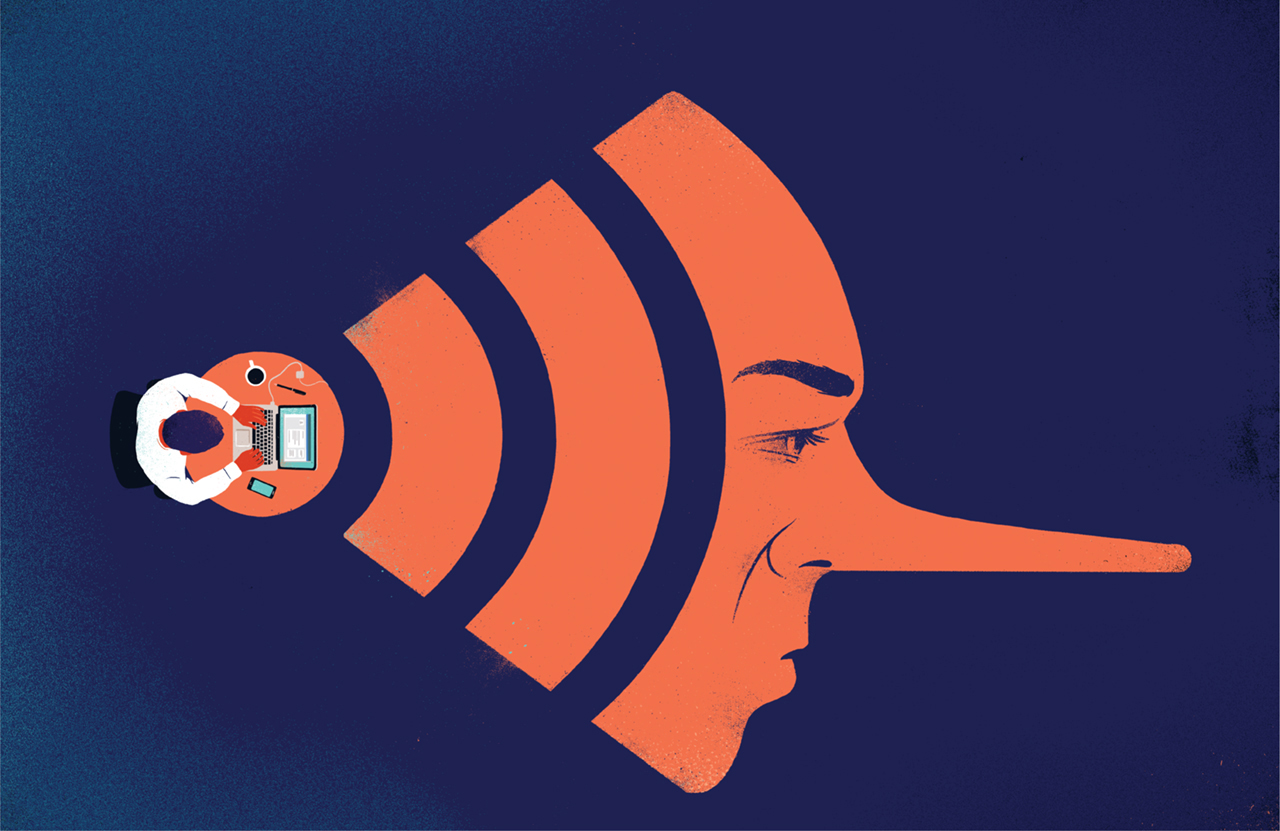Title of the Project
Organized action detection tool (misinformation through modeling the spread of false news on social media )
Acronym
Who spread the rumors
Keywords
False news, social media, social networks, influence modeling, propaganda detection
Object of Astroturfing Project
Although the production and dissemination of false news can occur either through negligence (human error that involves not confirming incoming information, in good faith considering it to be correct, true and accurate) or through deceit, aiming at some kind of propaganda, the result is always the same: misinformation and manipulation of the final recipient. The boom of the Web and Social Media has added another medium of information and, consequently, a significant field for the dissemination of false news, which, in the digital environment, travels at the speed of light all over the world, potentially reaching up to 2 billion people who are considered to be Internet users worldwide.
The G7 highlighted the issue of online terrorist propaganda in 2017 and agreed with major IT companies such as Google, Facebook and Twitter to combat it, with the European Union recently announcing that it would impose fines on content providers. . Under the same thematic umbrella are more focused (mis) information strategies, aimed at guiding “public opinion” through a cover of good intentions, but which aims to hit a specific target (person or organization). This strategy is defined as “astroturfing”, and includes any organized action or campaign organized by a body or group of people, serving a specific agenda, and built in such a way that it appears to be a self-created, independent and mass movement for the -seemingly – common good. Although they have a much longer history, such efforts in the traditional media were first referred to in the 1990s (Stauber 2002) as “astroturfing” and were associated with “artificial base campaigns created by corporate public relations departments”.

- It will develop tools for checking the reliability of news transmission and retransmission sources (nodes) on social networks which will evaluate the information circulated and transmitted by the sources, the transmission and retransmission rate, the information dissemination paths in which they participate.
- It will train a unified forecasting model that will evaluate news releases, reposts and commentary and assess the veracity of the news based on its dissemination pattern. It will train graphic-synergistic neural networks at the first level to model the dissemination of news in source graphs and network profiles and then use reinforcing learning to decide on each degree of validity based on how it was disseminated.
- For this purpose, it will examine social media sources that produce content (news sources, blogs, etc.) of different prestige and credibility by topic category, social network nodes (users) that reproduce this content or comment on the content produced in different media and will use positive and negative training samples. It will then offer a tool that will be constantly trained each time a news item is flagged as false.
- It will attempt to capture in detail the propaganda networks as an extension of the simple flag lists (or black lists) formed behind a deliberately false news or news group that systematically targets an entity and develops a method that locates sources and transponders propaganda as well as other news that circulate on the same networks.

